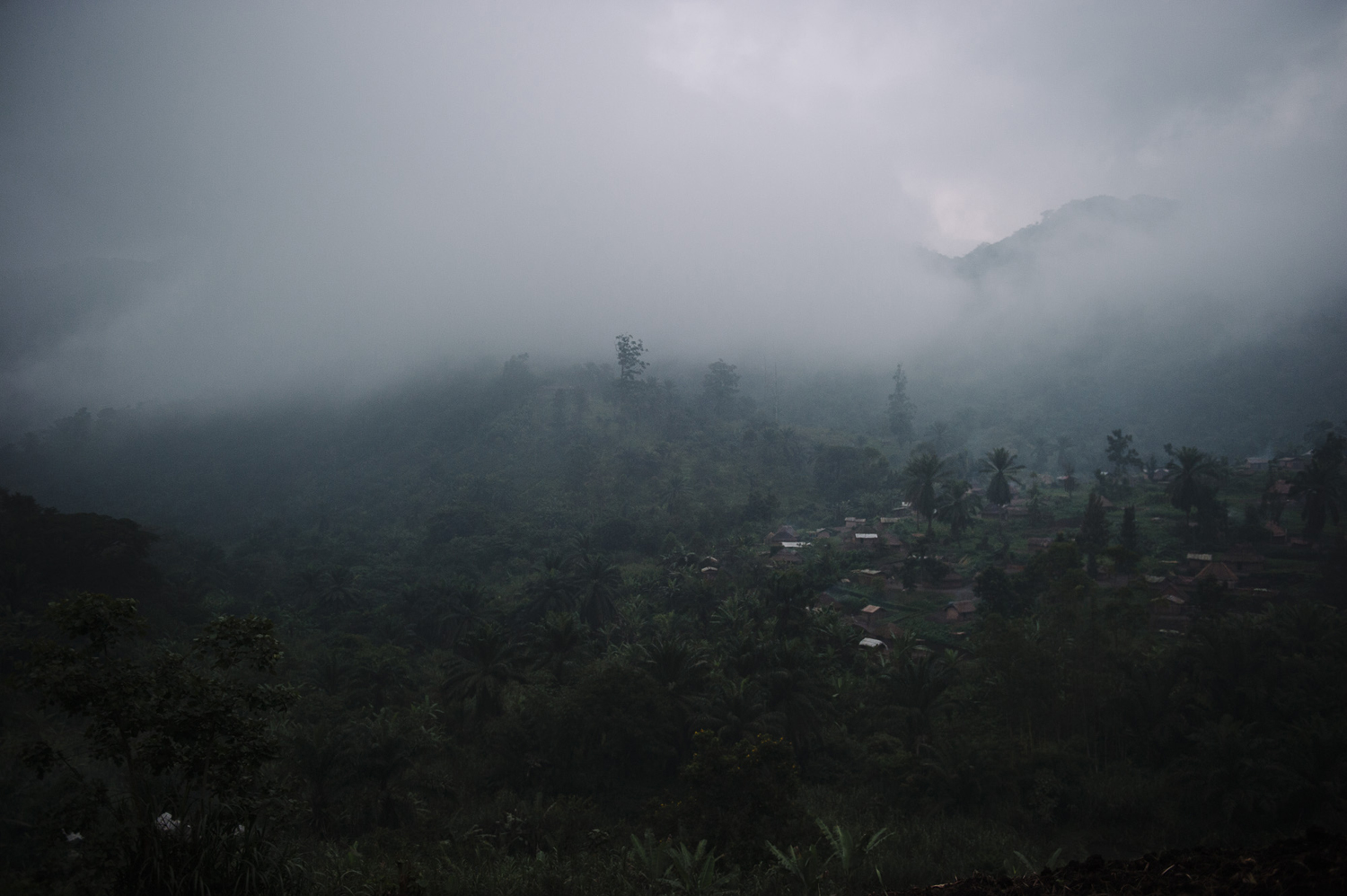
The slow burn of war has long ravaged the heart of Africa. Millions of people in the Democratic Republic of Congo, the largest member in a neighborhood wracked by upheaval, have died from prolonged insecurity, disease and hunger. Regional strife and internal power grabs between the government and armed groups have kept tensions high, control in some areas fluid and many people poor despite its mineral-rich east.
Most news coverage in recent years has revolved around M23, a group that formed in 2012 after rebels accused the government of failing to honor a peace treaty in March 2009. The mutiny in 2012 was followed by the signing of a long-awaited peace deal last December.
British photojournalist Phil Moore has spent much of the last three years covering the causes and effects of the unrest, often making powerful images while chasing daily stories that would briefly highlight Congo’s plight in such an overcrowded news cycle. That, in part, motivated his return.
Going through his work last year, he felt his focus had been too narrow, Moore tells TIME during a call from Goma, his voice often cutting in and out due to a poor mobile connection. It goes deep in regards to the immediate effects of the day’s fighting and displacement but stopped short of anything long-term: “There is very little of what people’s lives were like in these areas.”
Now, he is beginning to move his lens from active fighting to the larger theme of the impact of war on society. Through indicators such as the shifting of front lines, dispersal or lack of aid, state corruption, sexual violence and insufficient services, he aims to capture what the innocents endure and how they cope — and survive.
When he first returned with this focus in July, his priority was to start making contacts so he could see the issues first-hand. “I tend to come with vague ideas of what I want to do,” he says. “If I already know the issues when I come here, they’re already covered,” he continues. “I’m trying to tell the parts of the story that haven’t been told.”
That has meant spending more time in one location — four days in a displacement camp, rather than one — as well as talking to more people before he began shooting and taking more pictures without people than he normally would in order to show what’s not there, or what should be there.
Most of his work has focused on two areas. In Masisi territory, northwest of Goma, issues like ethnic identity and land ownership spring up, but his pictures have largely dealt with isolation and its effects, such as a lack of medical care and the role of insecurity in preventing access to what is actually available. In one instance, he recalls, “as the road faded out, so did the presence of the army, and that’s when it drifted into the hands of other armed groups.”
That’s a change from how Moore has covered news, generally sticking to where he could drive or walk a few hours, which proved limiting. “I didn’t feel I could just disappear off for a few days to find out what was going on in these remote places,” he says. “And it is precisely these remote places that are typical of much of the population, and where the greatest challenges exist.”
Moore has also spent time in the Bulengo camp for internally displaced persons, near Goma. His theme there has closely revolved around survival with so little. Some aid trickles in, he says, but not everyone receives assistance. Most people there came from Masisi territory, where they grew their own food but now “have nothing.”
Moore isn’t sure how this work will develop. He stresses these pictures are not meant to be representative of Congo as a whole — rather, just one small part of a giant country — and that his overall aim is to elaborate on what makes the news and then give it context. That’s already a daunting task, given so little attention is spared for news out of Africa, but the possibility of achieving it exemplifies what attracts him to photojournalism: the “giant learning curve.”
Phil Moore is an independent British photographer based in Nairobi, Kenya
Andrew Katz is a homepage editor at TIME and reporter covering international affairs. Follow him on Twitter @katz and Instagram @katzandrew
Mikko Takkunen, who edited this photo essay, is an Associate Photo Editor at TIME.com.
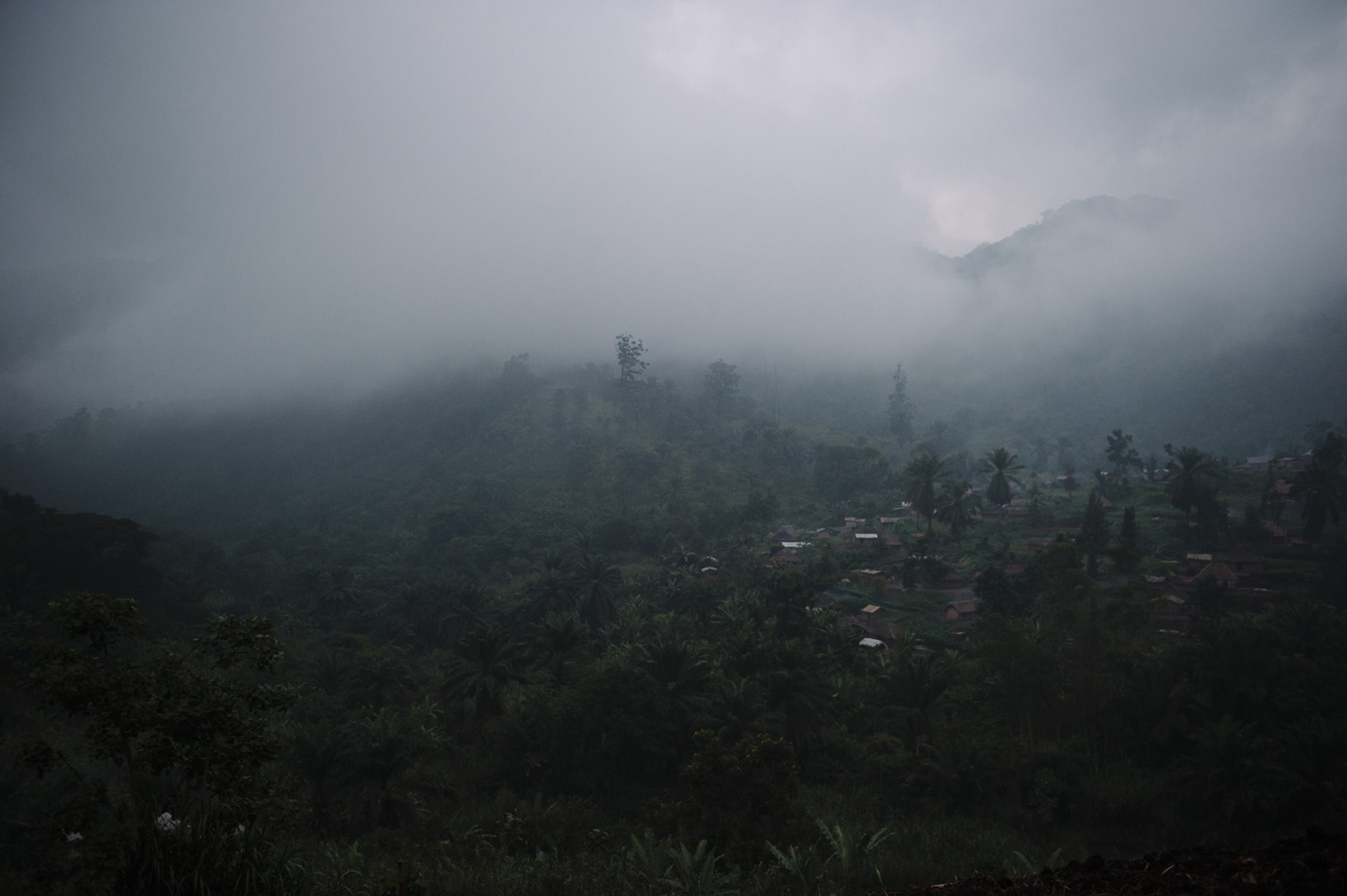
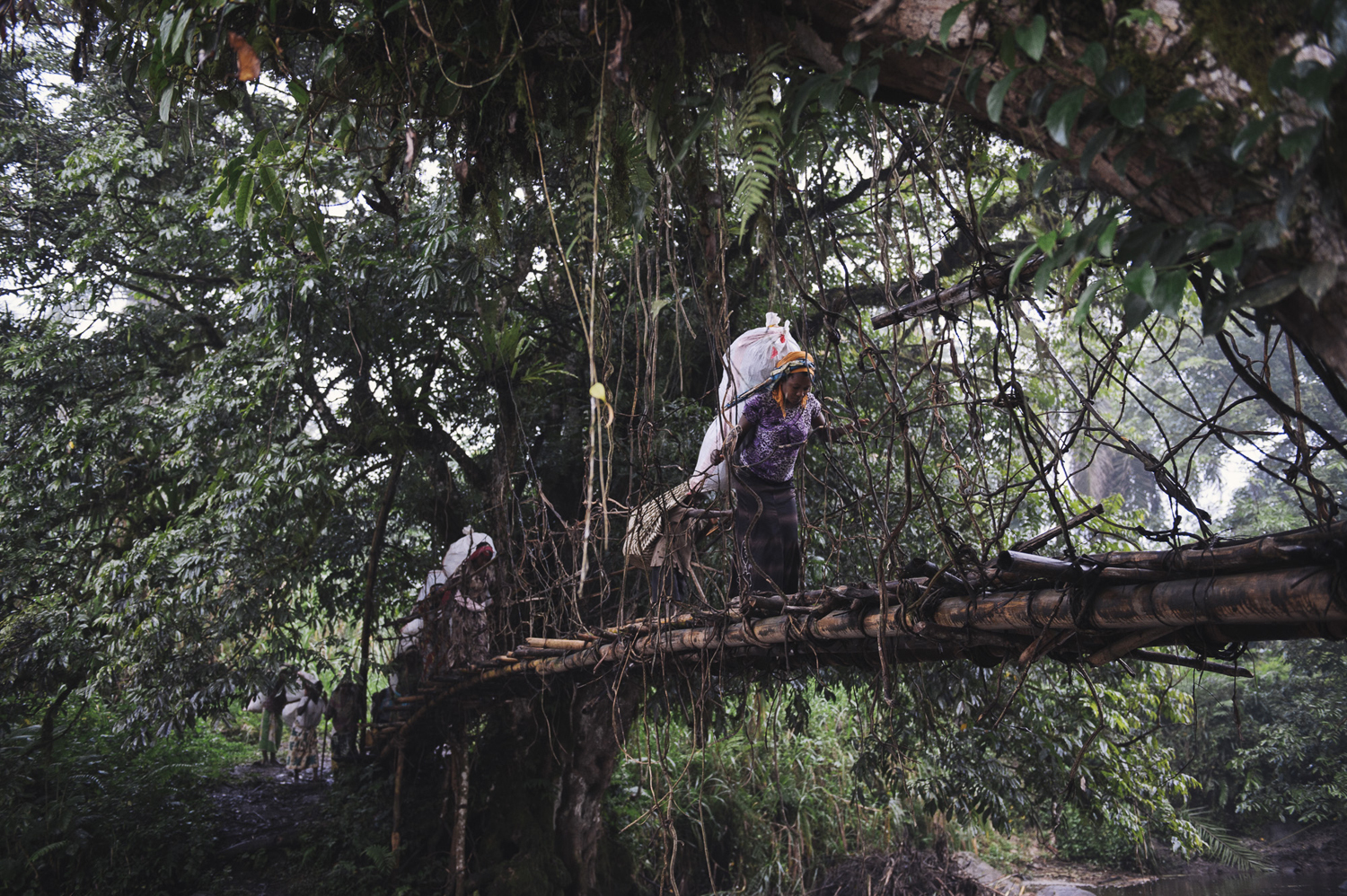
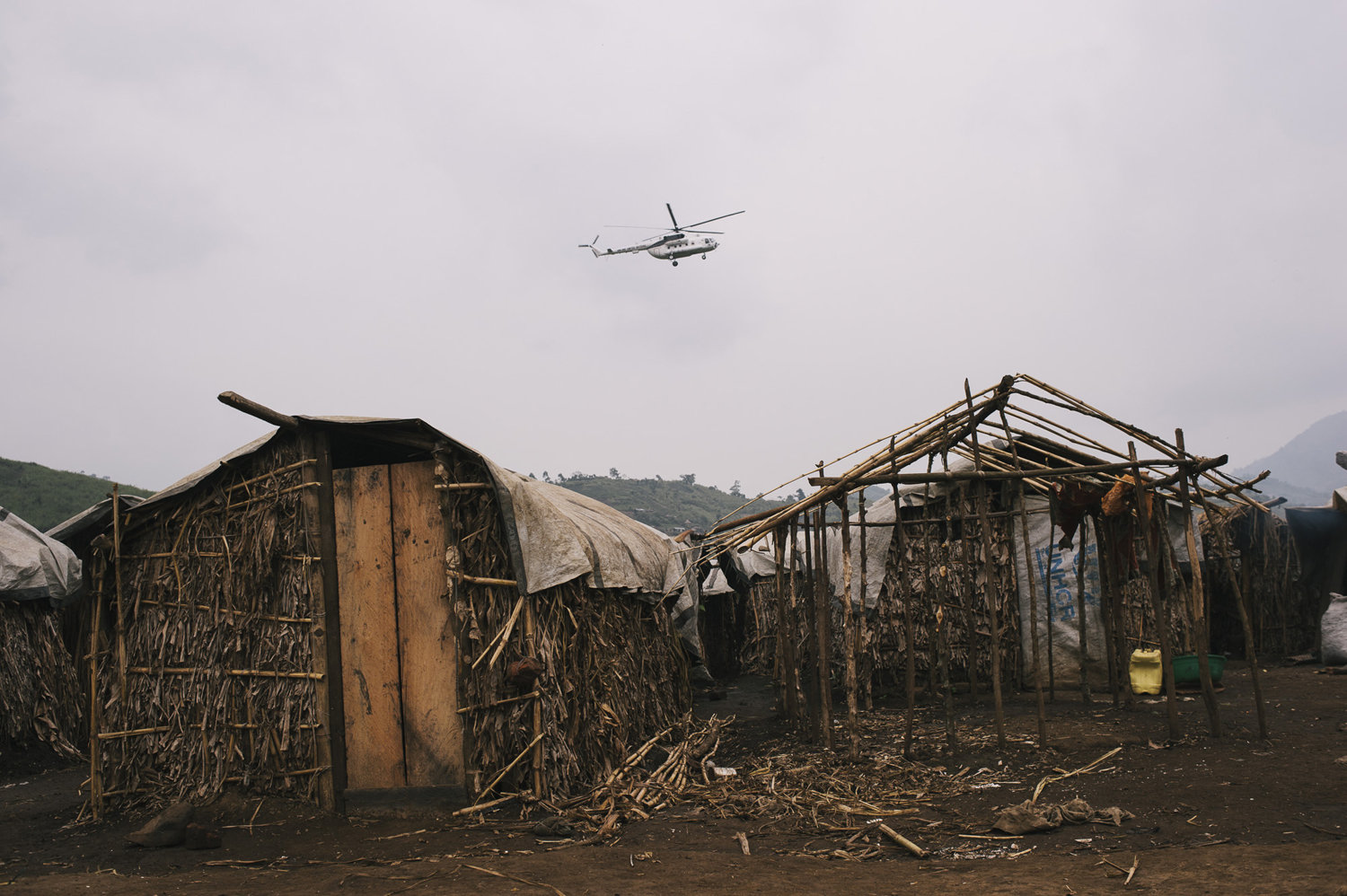
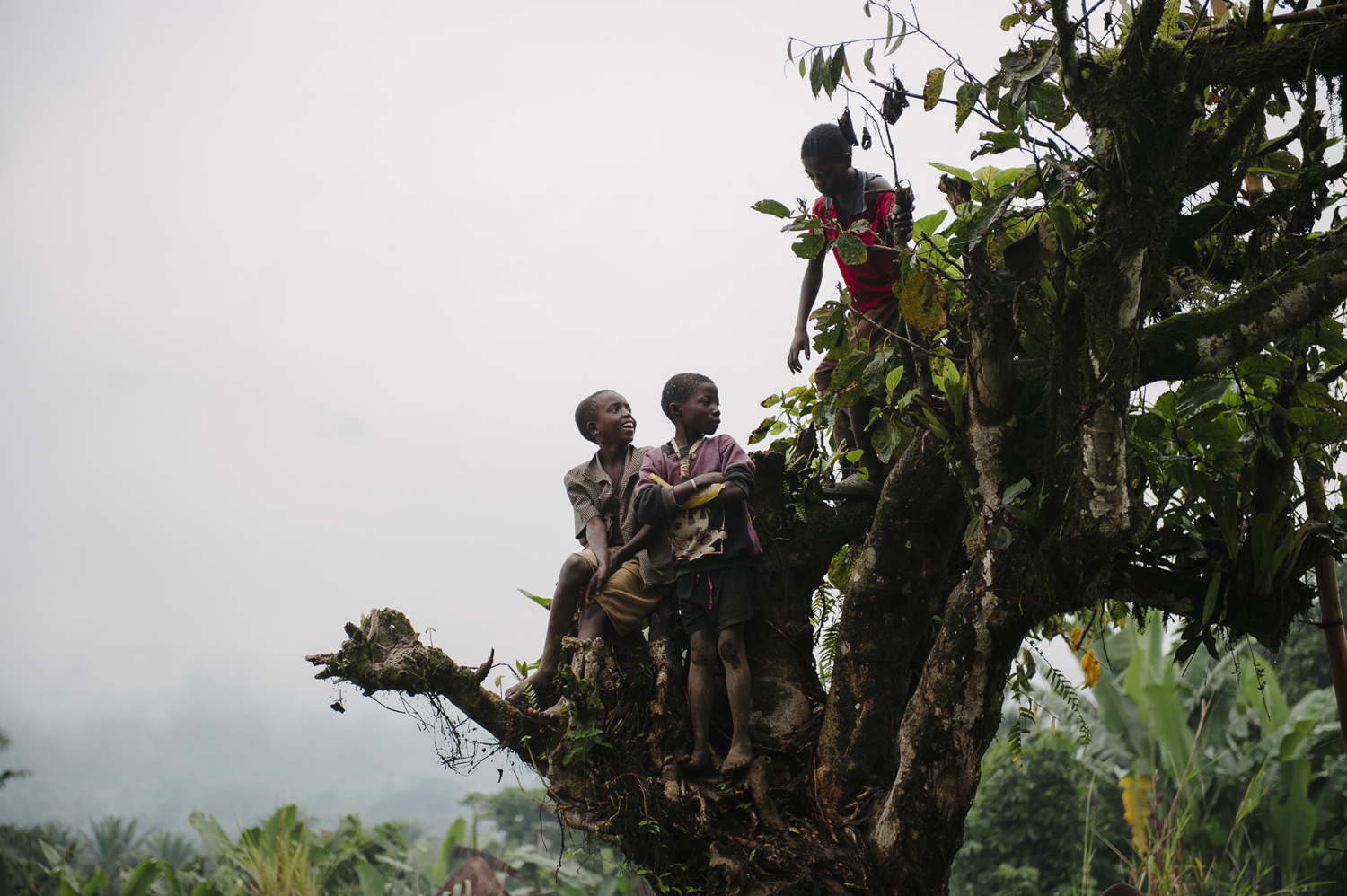
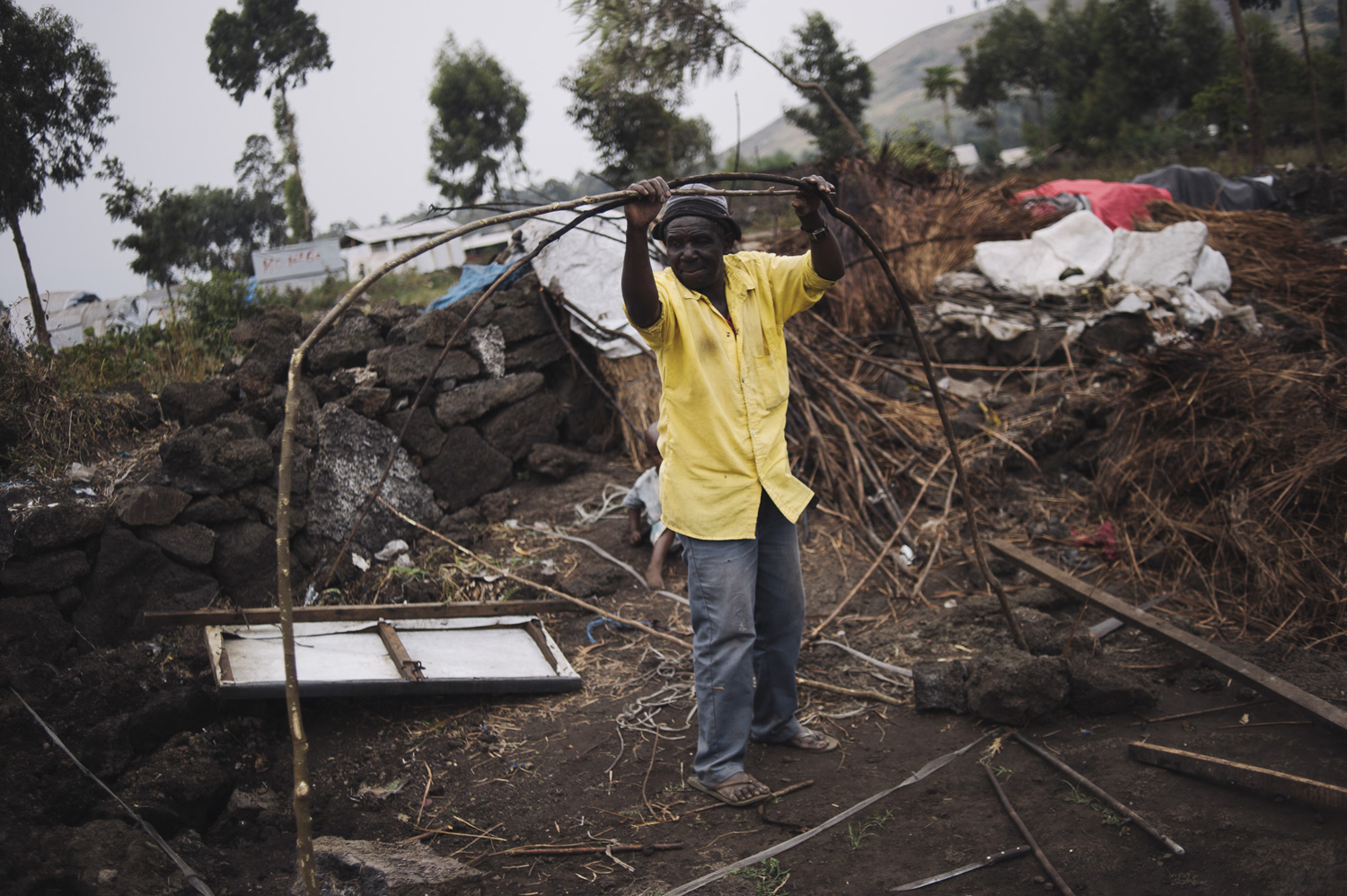
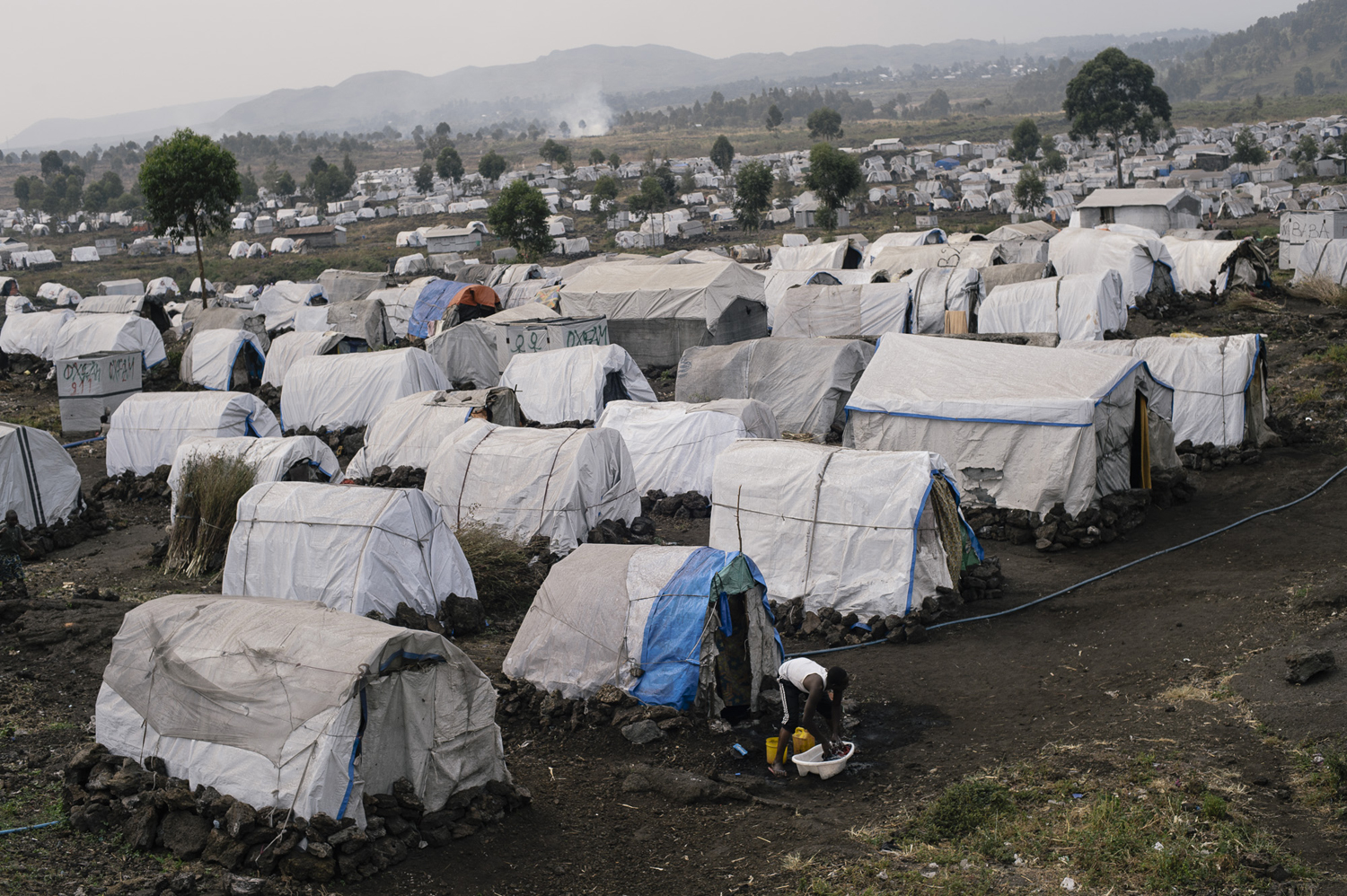
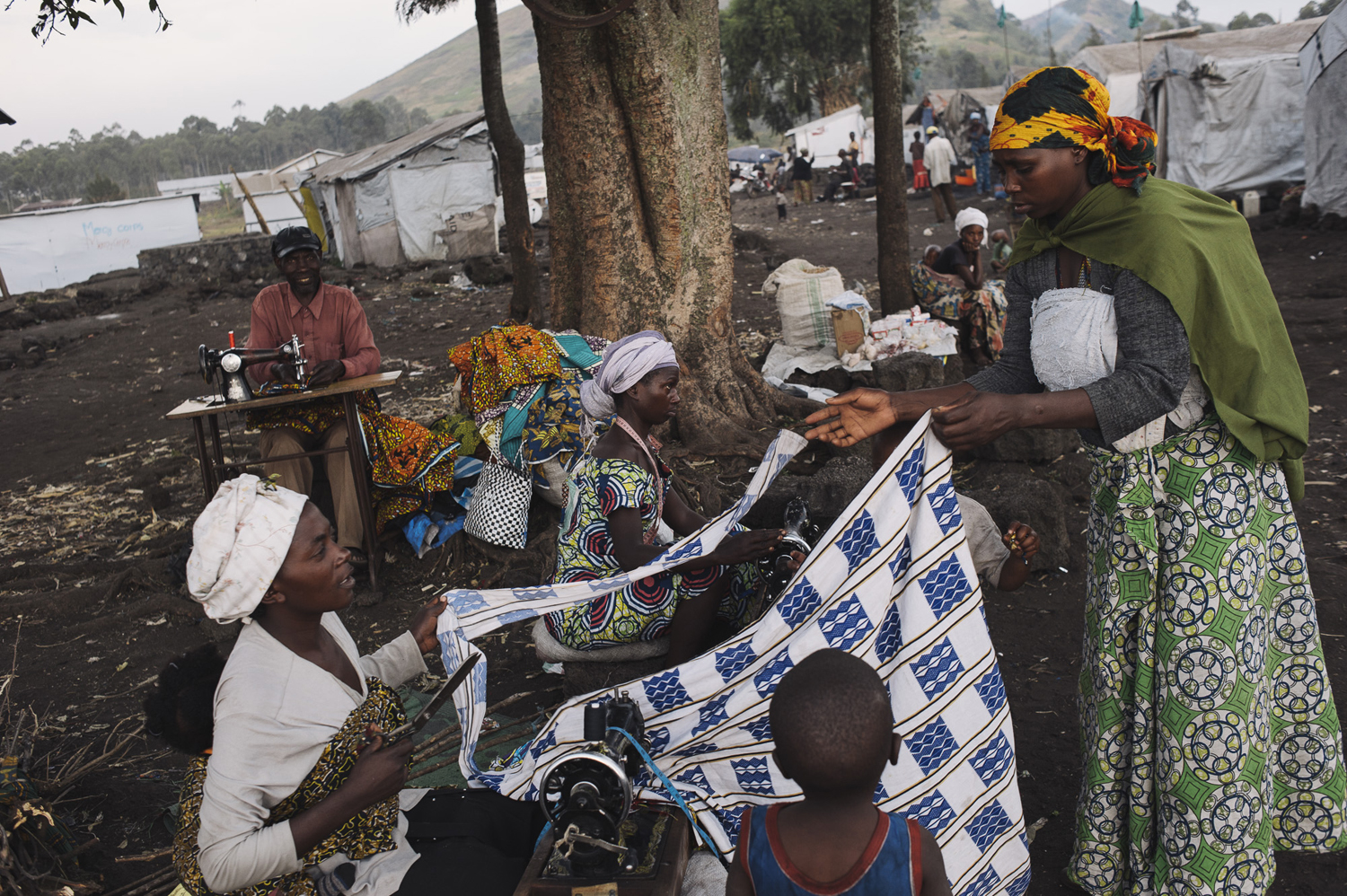
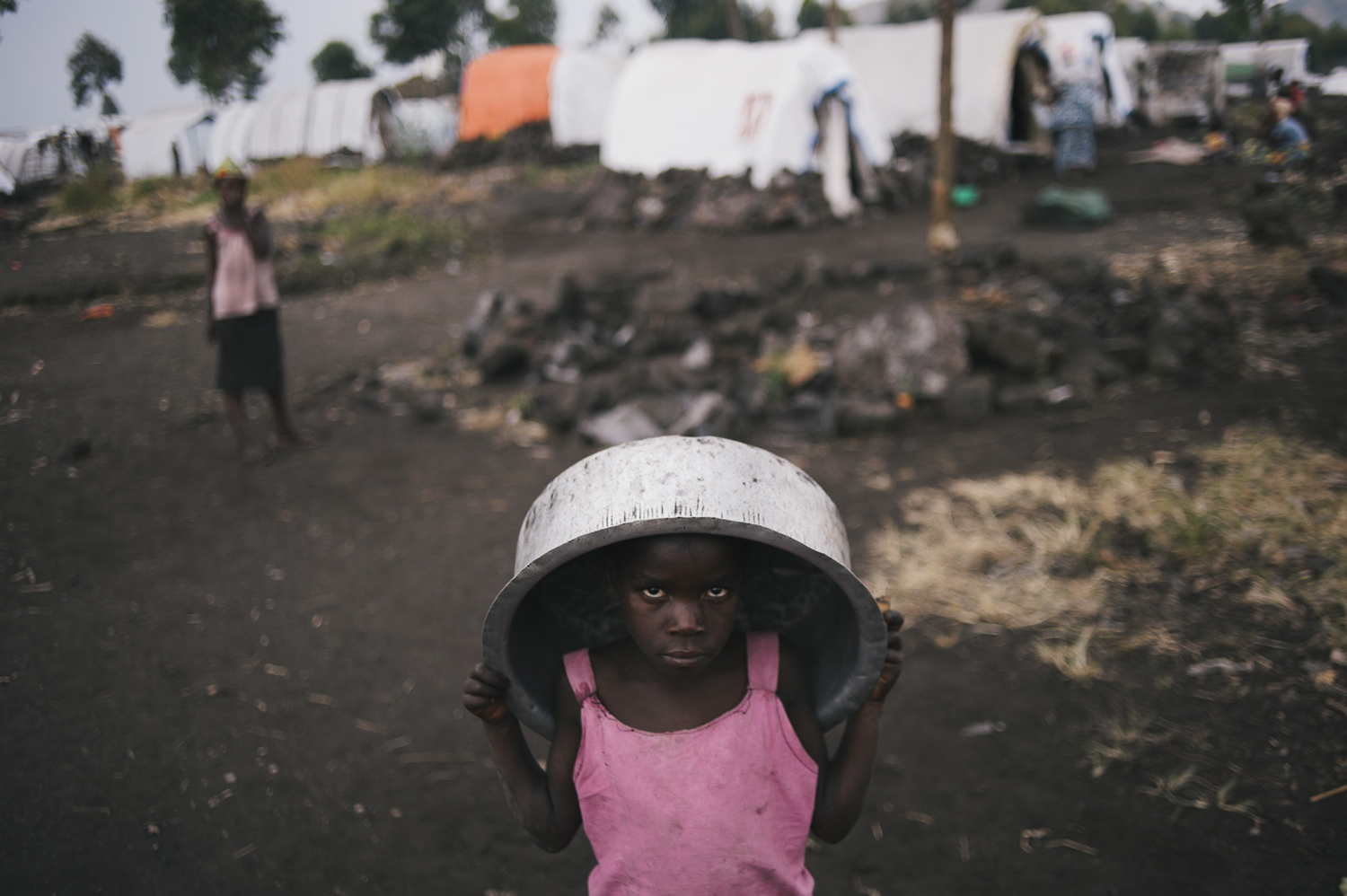
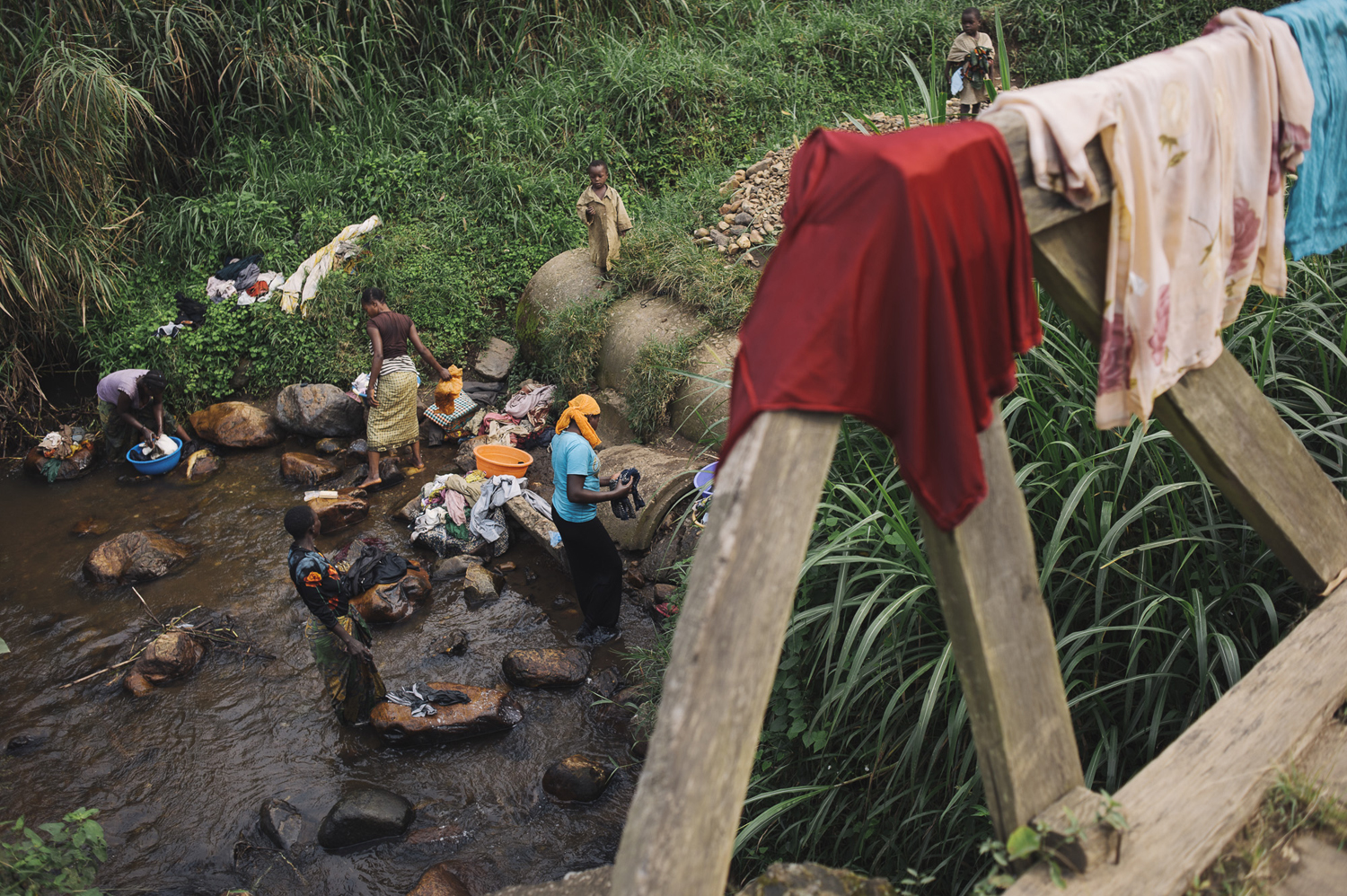



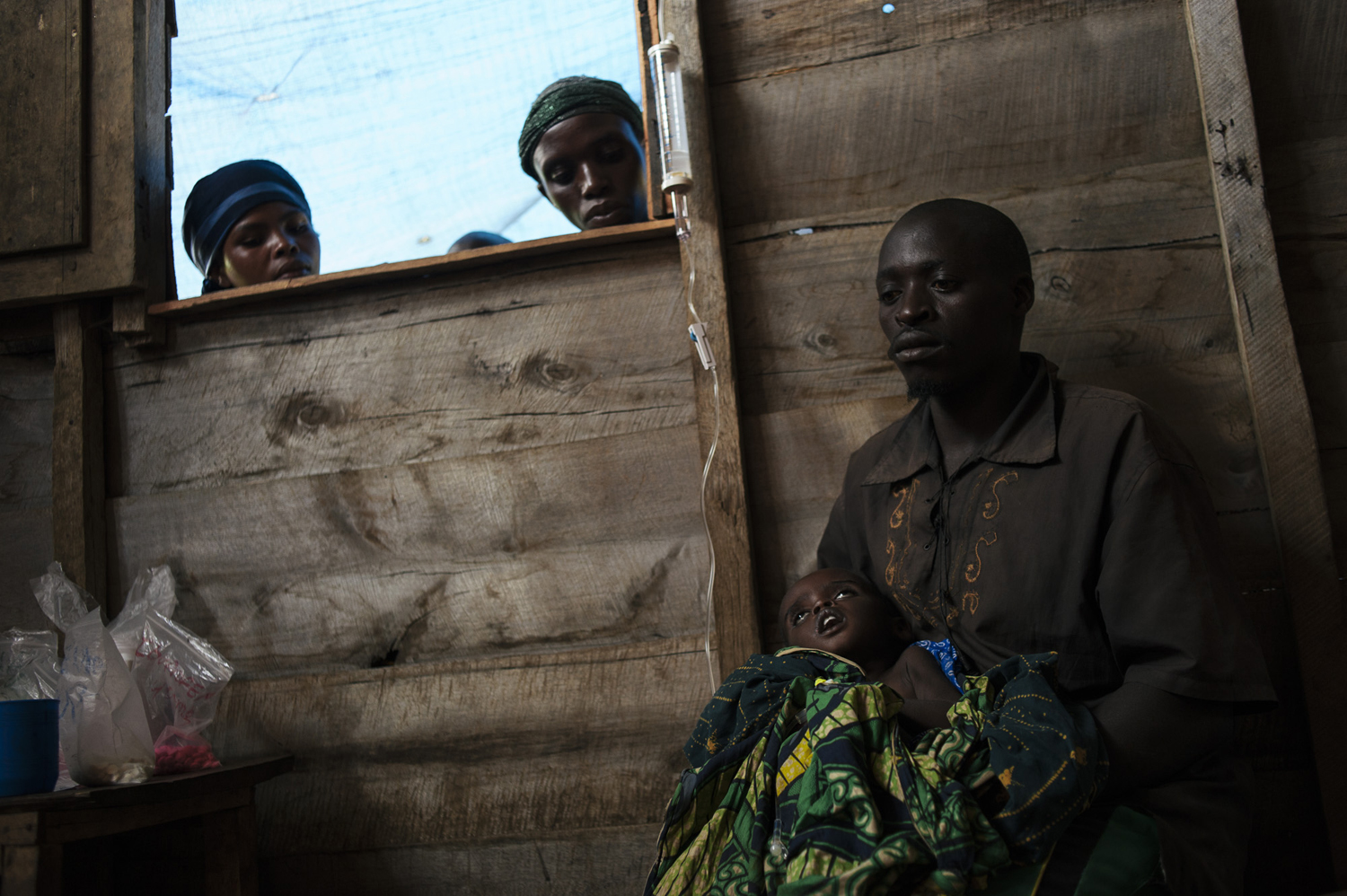
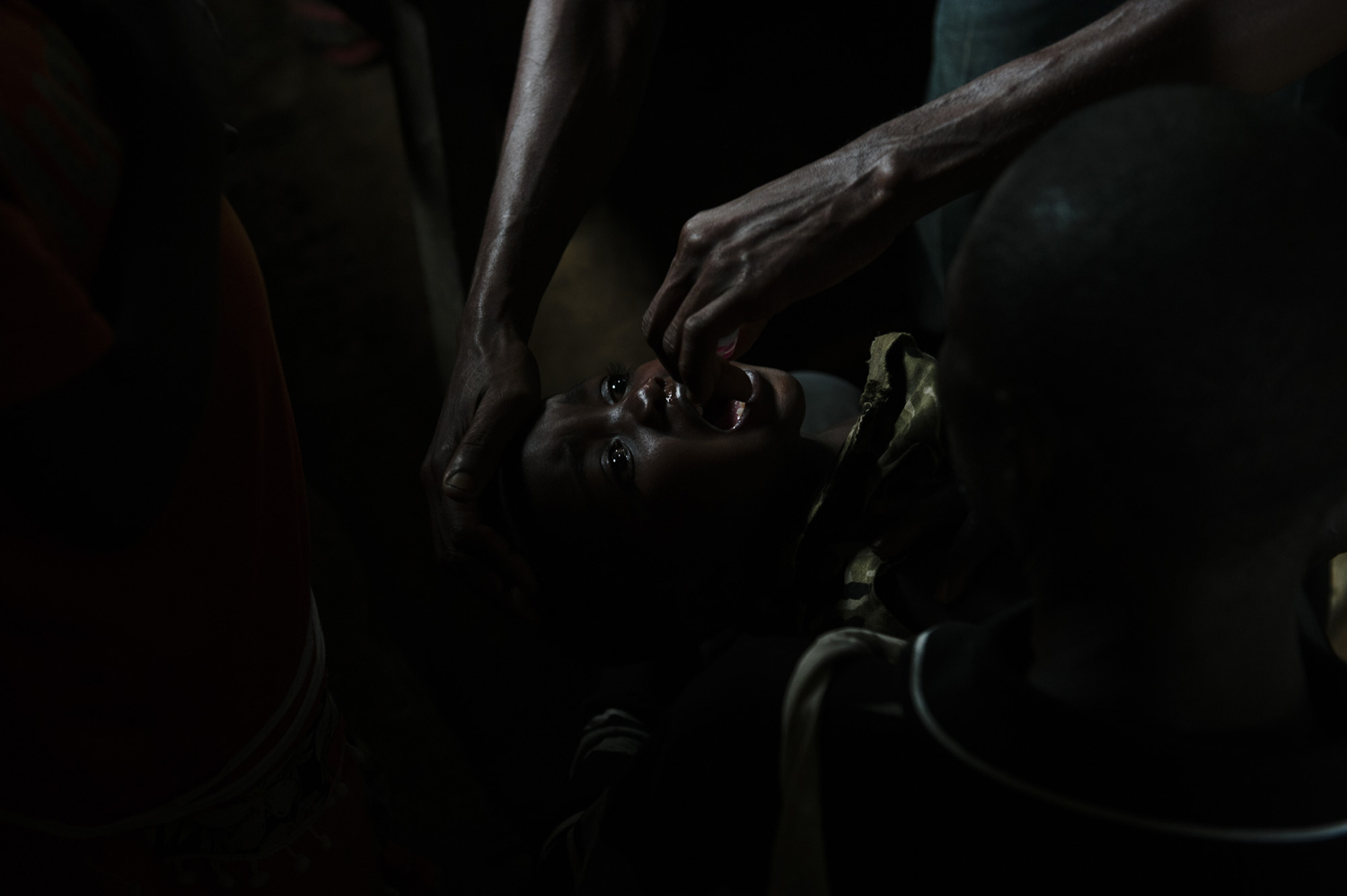
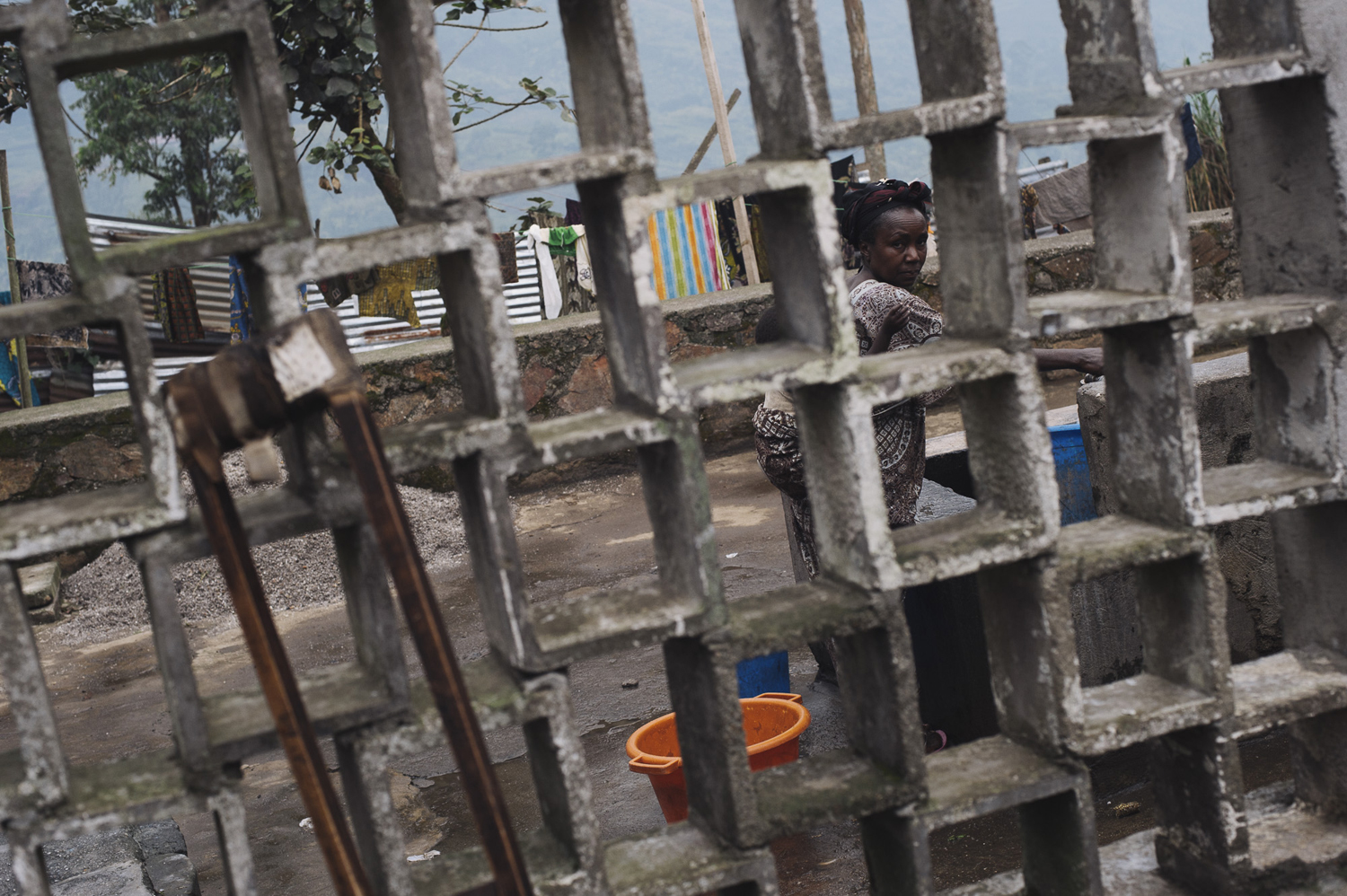

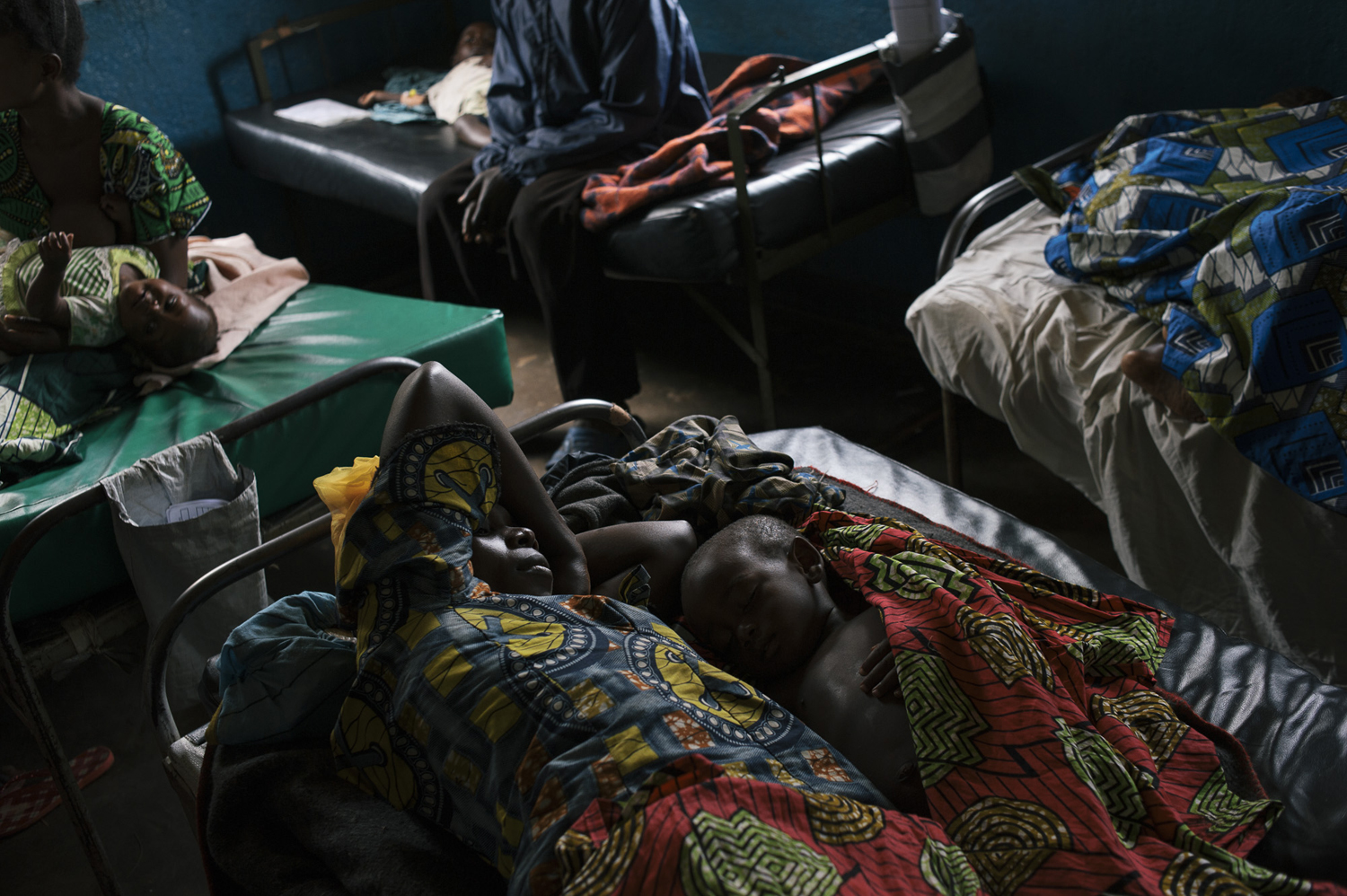
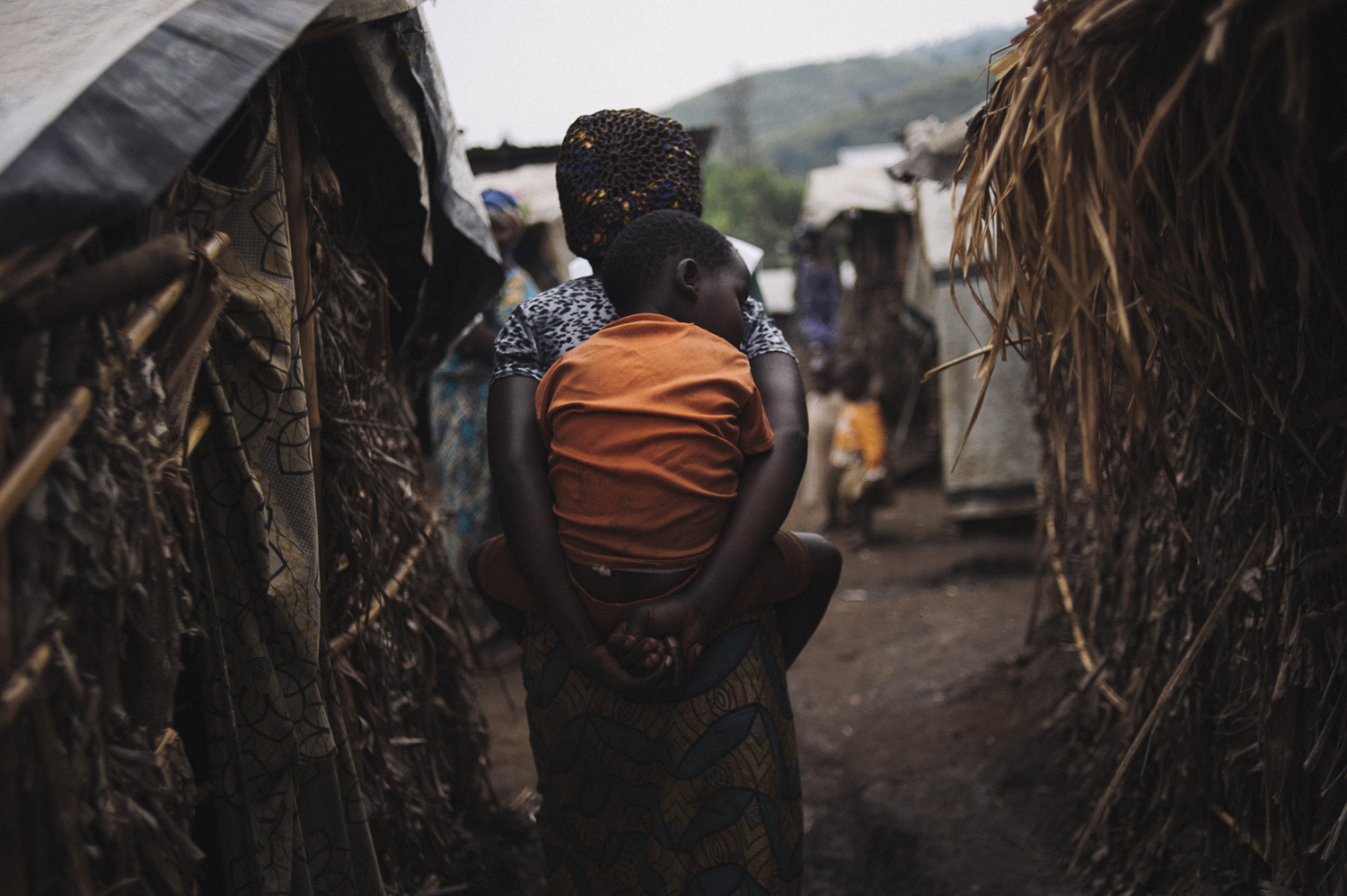
More Must-Reads From TIME
- The 100 Most Influential People of 2024
- The Revolution of Yulia Navalnaya
- 6 Compliments That Land Every Time
- What's the Deal With the Bitcoin Halving?
- If You're Dating Right Now , You're Brave: Column
- The AI That Could Heal a Divided Internet
- Fallout Is a Brilliant Model for the Future of Video Game Adaptations
- Want Weekly Recs on What to Watch, Read, and More? Sign Up for Worth Your Time
Contact us at letters@time.com